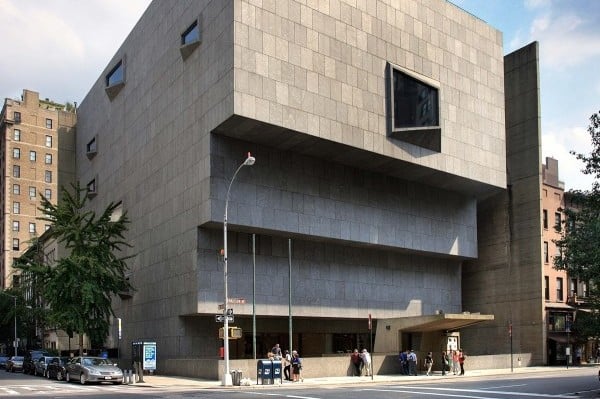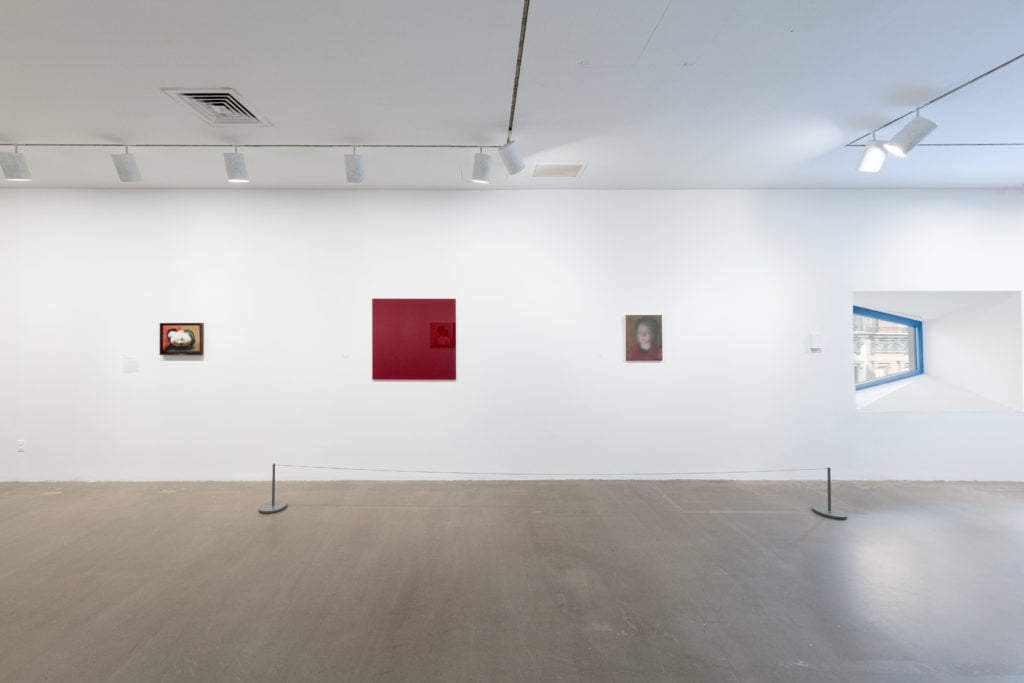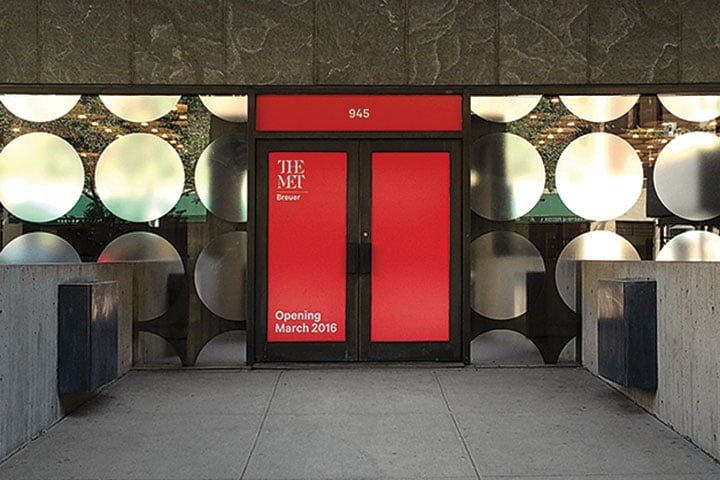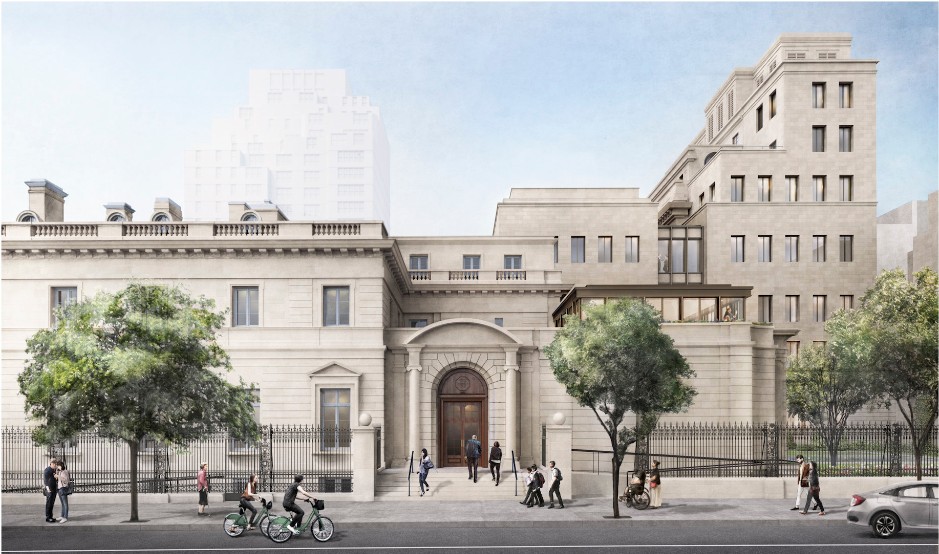Art World
The Met Breuer Will Not Reopen After the Lockdown Lifts, Officially Shifting Control of Its Historic Brutalist Building to the Frick
The Met Breuer's Gerhard Richter show, open for just nine days, won't return.

The Met Breuer's Gerhard Richter show, open for just nine days, won't return.

Sarah Cascone

New York’s Metropolitan Museum of Art hasn’t announced a reopening date yet—but when the lights turn back on, there will be one fewer branch of the august institution to visit. The museum will not reopen the Met Breuer, the Modern and contemporary art outpost it has operated on Madison Avenue at East 75th Street since 2016, Artnet News has learned.
The Breuer’s next iteration will be as the new temporary home of the Frick Collection, which is looking to renovate its Gilded Age mansion on nearby Fifth Avenue and East 70th Street to expand exhibition space. That construction, approved by the NYC Board of Standards and Appeals in March, will require the museum to shut down for a to-be-determined but extended period of time.
“The Met Breuer will not reopen to the public this summer and we will transition the Breuer building to the Frick as planned,” a Met representative told Artnet News in an email. The Frick will have access to its new Brutalist digs beginning in August, but has not set a public opening date.

Installation view, “Gerhard Richter: Painting After All at the Met Breuer, 2020. Photo: Chris Heins, courtesy the Metropolitan Museum of Art.
The end of the Met Breuer means that the institution’s swan song, the highly anticipated Gerhard Richter exhibition “Gerhard Richter: Painting After All,” was open to the public a grand total of nine days. (The Met was one of the first American museums to close its doors, on March 12.) The museum did not respond to inquiries about whether the German painter’s retrospective might return in some other form.
The Breuer building, completed in 1966, was designed by Hungarian architect Marcel Breuer (1902–1981), who trained at the Bauhaus. It originally housed the Whitney Museum of American Art, which outgrew the space and built a new Renzo Piano-designed Meatpacking District flagship that opened in 2015.

The new Met Breuer ahead of its March 2016 opening. Photo courtesy of the Metropolitan Museum of Art.
That’s when the Met took over the Breuer, seeing the space as a way to maintain its Modern and contemporary exhibition programming during a planned $600 million gut renovation of those galleries on Fifth Avenue.
That initiative was delayed amid budget cuts, but when Met director Max Hollein came on board, one of his priorities was to revive the project—and to jettison the Breuer, which had become something of an albatross: Highly expensive with low attendance and mixed reviews. (The eight-year lease on the Breuer, which runs through 2023, costs $17 million annually.)
The Met announced the arrangement with the Frick in 2018, just a few months after Hollein took the reins. According to a New York Times report at the time, the arrangement—which involves the Met essentially subleasing the space to the Frick—stands to save the encyclopedic institution $45 million.
Across the world, museums are struggling due to extended closures, and the Met is no exception, despite its size and considerable resources, including a $3.6 billion endowment. It estimates a $150 million shortfall and has laid off 81 employees, with a targeted reopening of no earlier than mid-August. The Met did not comment on the current status of planned renovations to its Modern and contemporary galleries at the Fifth Avenue flagship.

Rendering of The Frick Collection from 70th Street; courtesy of Selldorf Architects.
Moving forward, at least for the next few years, the Breuer building will serve as an outpost for the Frick while it undergoes an expansion of its own. After facing off with preservationists over the original plan in 2014, the museum agreed to modify the design and preserve the Russell Page-designed garden.
The revised expansion, designed by Selldorf Architects, comes instead at the expense of the museum’s circular music room, to the dismay of music lovers, who have petitioned the Frick to rethink the plan yet again. The $160 million project stands to add 60,000 square feet of repurposed space and 27,000 square feet of new construction.